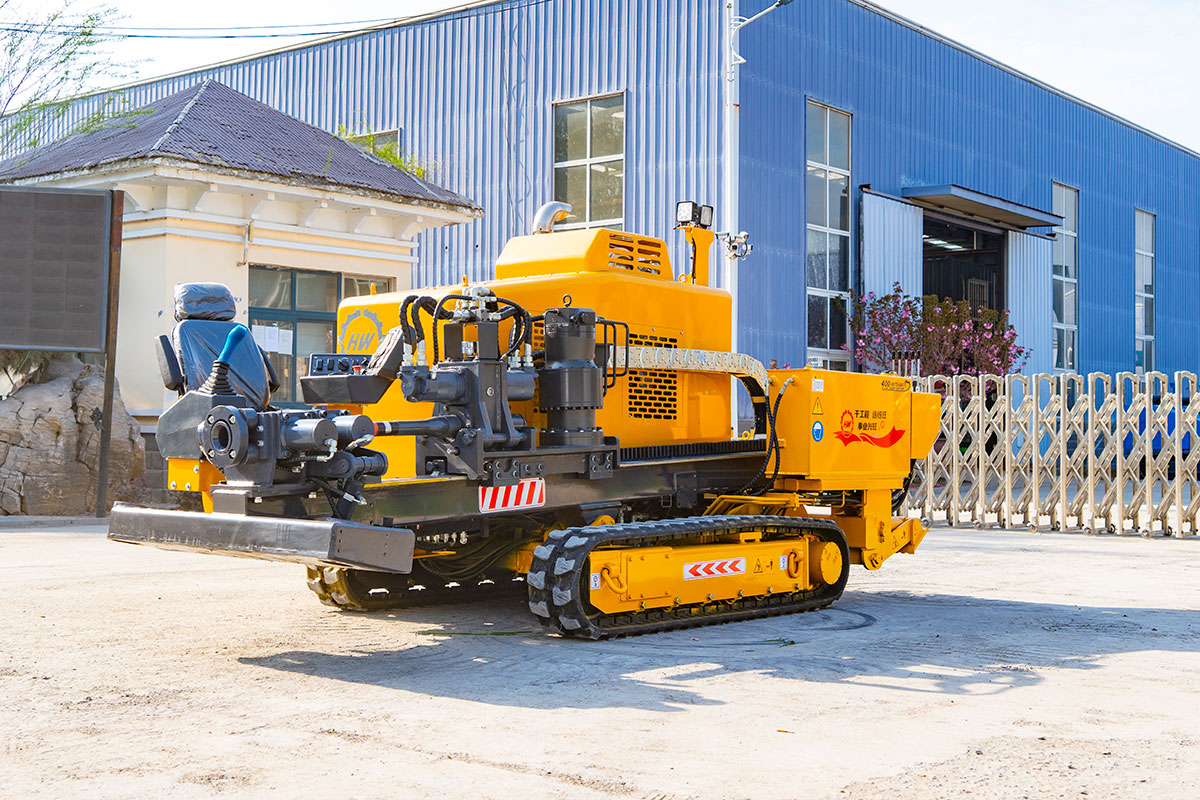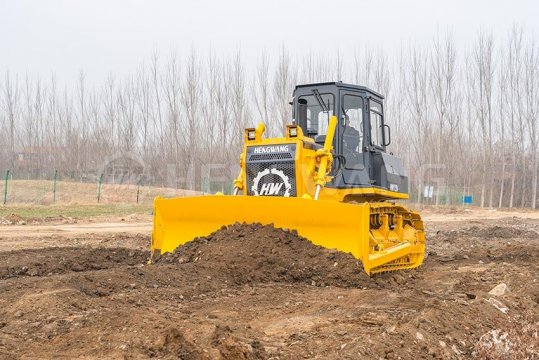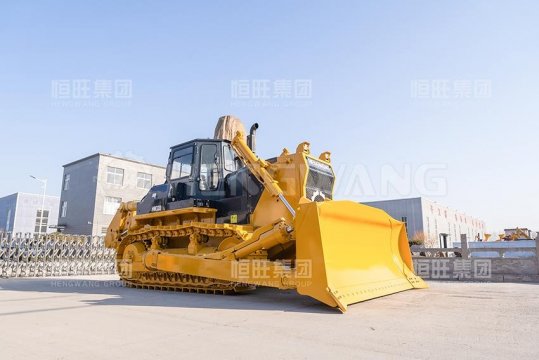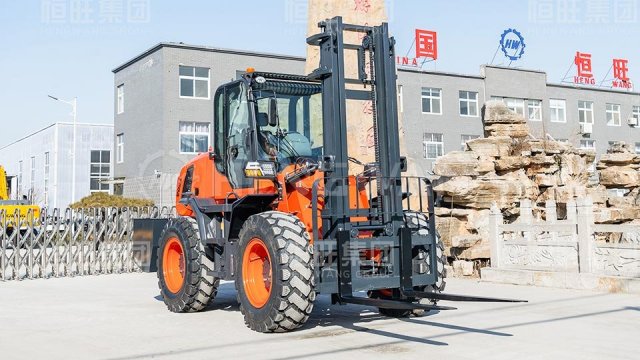In the oil and gas transportation sector, Oil/Gas Pipeline HDD Construction has become the preferred solution for crossing rivers, highways, and ecological reserves. This article provides a comprehensive overview of the technical features, construction processes, and market applications of Oil/Gas Pipeline HDD Construction, offering valuable insights into this critical engineering technology.

Key Advantages of Oil/Gas Pipeline HDD Construction
Compared to traditional excavation methods, Oil/Gas Pipeline HDD Construction offers three significant benefits:
1. Environmentally Friendly: Zero surface excavation, preserving ecosystems
2. Highly Efficient: 50% faster construction speed with 30% cost reduction
3. Safe & Reliable: Capable of 2000m maximum crossings in complex geology
Core Technologies in Oil/Gas Pipeline HDD Construction
Successful Oil/Gas Pipeline HDD Construction relies on:
1. Precision Guidance: MWD systems with 0.1% positioning accuracy
2. Reaming Process: Gradual borehole enlargement to 1.5x pipe diameter
3. Mud Technology: Custom drilling fluids ensure borehole stability

4. Pipe Pullback: Hydraulic synchronization (500-ton max capacity)
Typical Applications of Oil/Gas Pipeline HDD Construction
1. River Crossings: Successful projects under Yangtze/Yellow Rivers
2. Urban Networks: Minimizing road disruptions in cities
3. Protected Areas: Safe installation in wetlands/forests
Equipment Selection for Oil/Gas Pipeline HDD Construction
Key selection criteria include:
1. Minimum 20,000N·m torque capacity
2. Thrust/pullback matching pipe specifications
3. Smart features like auto-steering and data logging
Industry Trends in Oil/Gas Pipeline HDD Construction
Technological advances are driving:
1. AI Optimization: Smart parameter adjustment
2. Eco-Friendly Solutions: Green drilling fluid development
3. Extended Reach: Breaking 3000m crossing barriers

 Bulldozer Blade Types: Core Configuration for Adapting to Different Operating Scenarios
Bulldozer Blade Types: Core Configuration for Adapting to Different Operating Scenarios
 Swamp bulldozer: An Efficient Solution for Operations in Muddy Environments
Swamp bulldozer: An Efficient Solution for Operations in Muddy Environments
 Rough terrain forklift with highest load capacity: A High-performance Solution for Heavy-duty Outdoor Operations
Rough terrain forklift with highest load capacity: A High-performance Solution for Heavy-duty Outdoor Operations